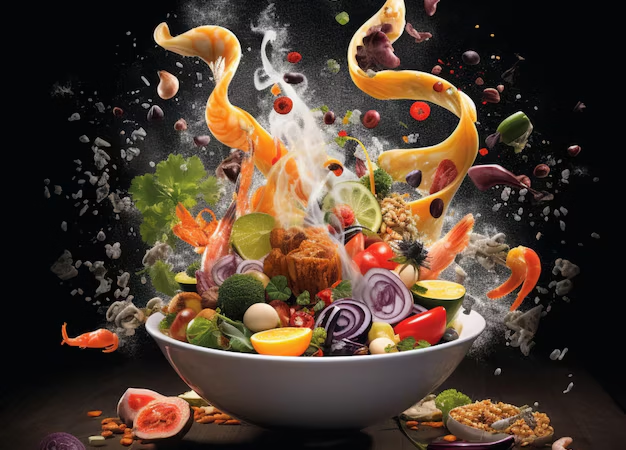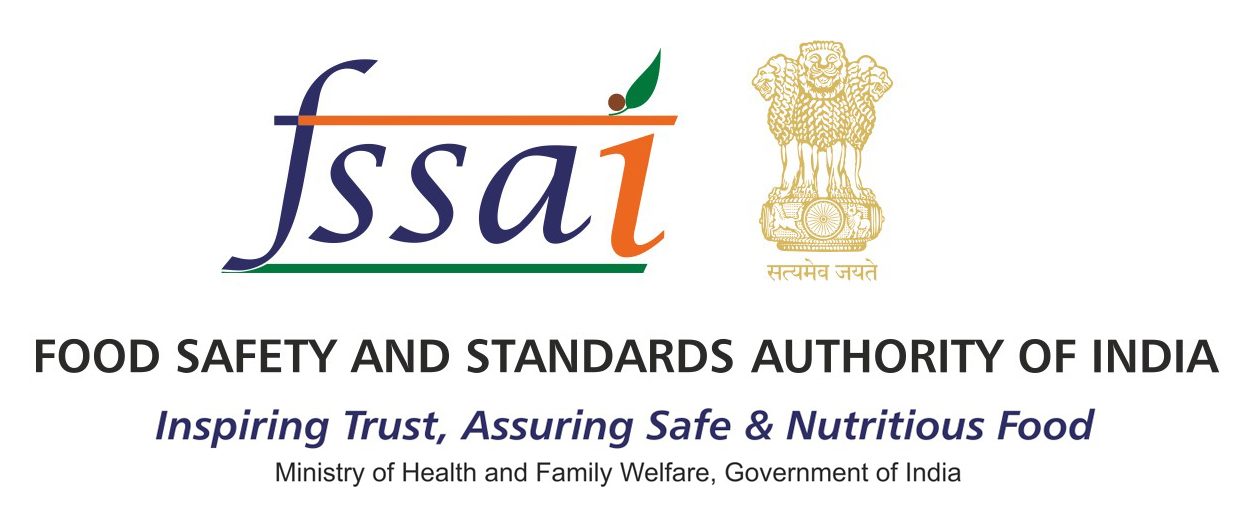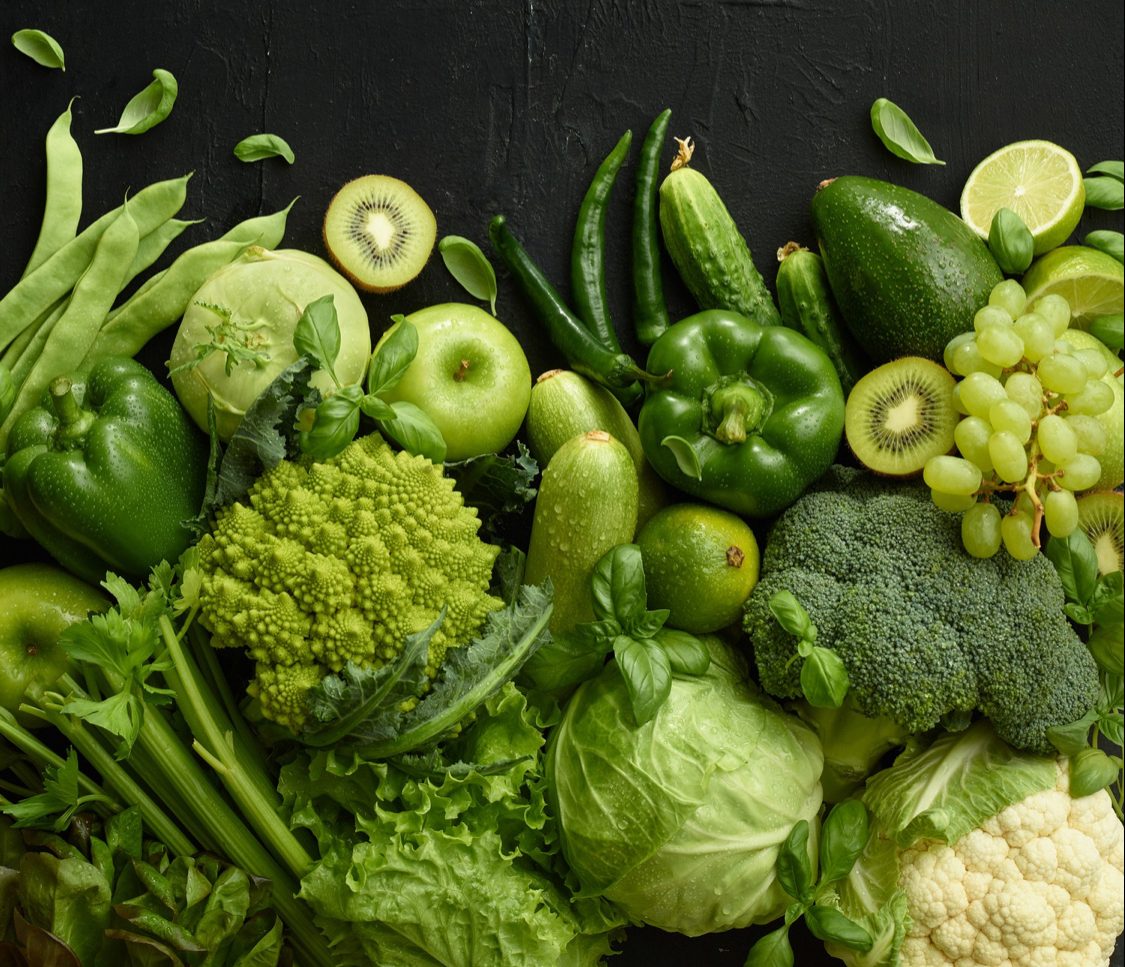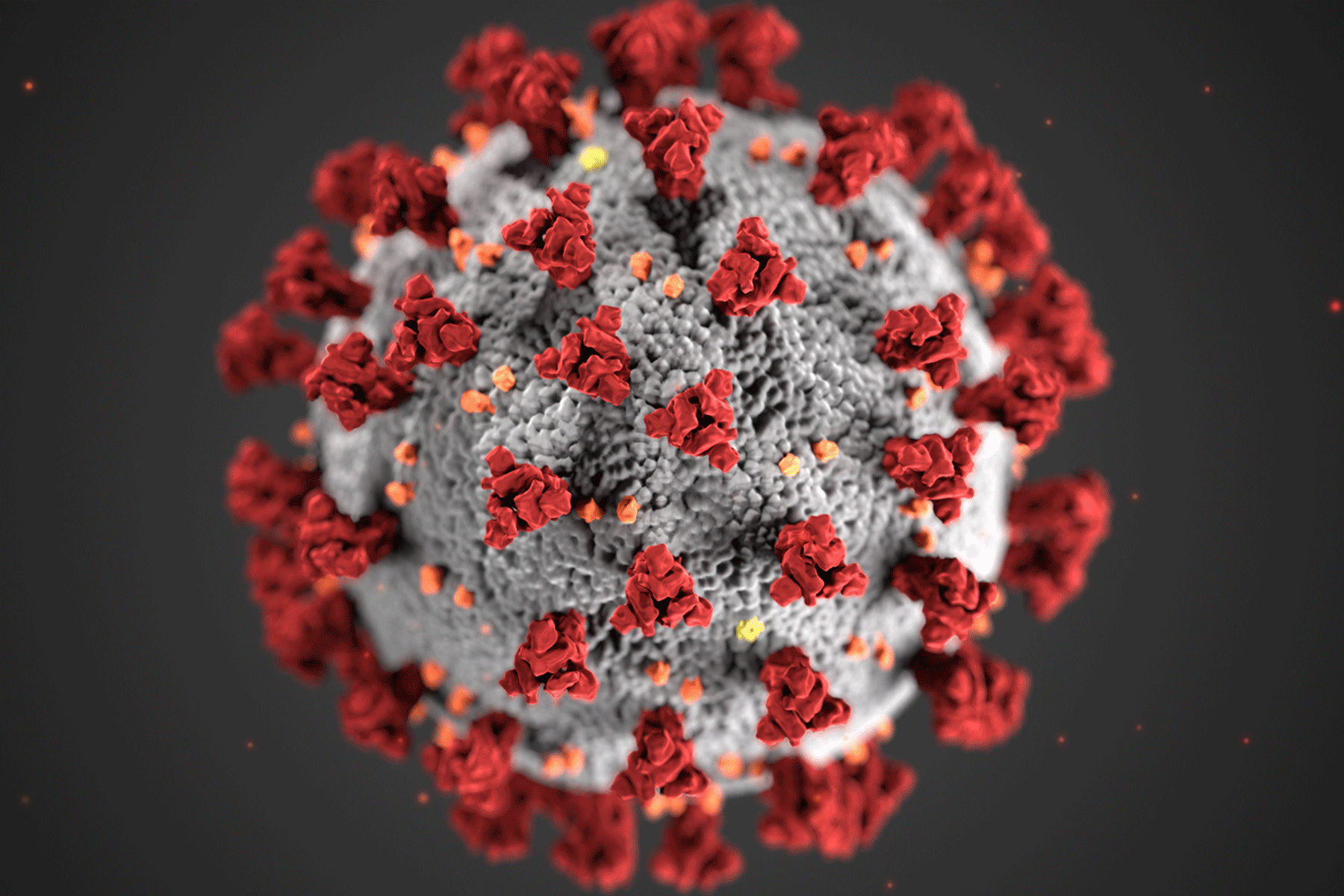Global cuisines often transform as they travel, blending local tastes and traditions to create exciting new dishes. In India, Italian classics like pizza and pasta get rich, spicy twists, making them favourites across the country. While these fusion dishes delight our palates, they also raise important questions about nutrition and food safety. Heavy creams, refined flours, and processed ingredients can turn wholesome meals into calorie-packed, high-fat options. Meanwhile, unsafe kitchen practices add risks of contamination and foodborne illness. It’s important to enjoy these flavours mindfully, balancing innovation with health and hygiene to protect both taste and well-being.
When Fusion Goes Too Far
As food travels, it transforms. Chinese cuisine became Manchurian in India. British kitchens turned Indian curry into chicken tikka masala. Today, Indian kitchens are rewriting Italian food. Fusion food—where different culinary traditions blend to create new dishes—is all the rage. Restaurants market it with catchy names like “Makhani Magic” and “Desi Italiano”—and diners love it. But this isn’t mere fusion—it’s a full makeover. We swap whole-grain pasta for maida, olive oil for processed cheese, and light tomato sauces for cream-heavy, spicy gravies. A pizza in Naples and one in New Delhi may share a name, but their ingredients—and health impact—are poles apart.
What’s Really in That Pasta or Pizza?
Traditional Italian food, as part of the Mediterranean diet, is celebrated for its health benefits. It relies on simple, wholesome ingredients that support heart health and overall well-being:
- Fresh vegetables and herbs
- Olive oil is the main fat source
- Whole grains like durum wheat pasta
- Lean proteins such as fish and chicken
- Low levels of sugar, salt, and saturated fat
Now compare that to a typical cheese-loaded pizza or paneer makhani pasta served at Indian outlets:
- Over 800 calories per serving
- High sodium content
- Saturated fats from processed cheese, cream, and ghee
- Refined flour (maida) instead of whole grains
- Processed ingredients replacing fresh ones
“Indianised versions of global dishes often carry hidden health risks,” says Suvarna Sawant, Chief Dietician at Nanavati Max Super Speciality Hospital, Mumbai. “Regular consumption may trigger blood sugar spikes, insulin resistance, and lifestyle diseases, especially in younger people.”
What begins as comfort food can slowly contribute to long-term health issues, especially when eaten frequently and in large portions.
Behind the Scenes: Where Food Safety Slips
The risks go beyond ingredients. Unsafe kitchen practices often make fusion food even more hazardous. To cut electricity costs, many eateries switch off refrigerators at night. Meats, dairy-based sauces, and cheese sit at unsafe temperatures—ideal for bacterial growth.
“Dairy-based sauces and meats must be stored below 5°C. When cold chains break, the risk of spoilage and contamination rises sharply,” says Dr. J. Kamal Hussain, Veterinary Officer, Greater Chennai Corporation.
Other common issues include:
- Bulk-prepared sauces reused over several days
- Poor hygiene in smaller or unregulated outlets
- Cross-contamination from using the same knives and chopping boards for raw meat, vegetables, and cheese
- Stretching leftovers, especially on busy weekends, and reheating stale food
These lapses can easily lead to foodborne illnesses caused by harmful bacteria like E. coli, Salmonella, or Listeria. Delicious as fusion foods may be, sloppy handling behind the scenes can turn a comforting meal into a serious health hazard.
Smarter Fusion: Balancing Flavour with Food Safety
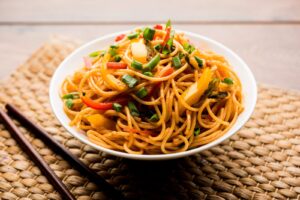
Traditional Indian diets are fibre-rich and plant-based, promoting easy digestion. Fusion dishes heavy with cream, refined flour, and salt strain the digestive system, especially as lactose intolerance and gluten sensitivity rise. Despite discomforts like bloating and acidity, these foods remain popular, particularly among young adults seeking convenient meals.
To enjoy fusion food healthily:
-
Opt for whole wheat or millet pasta.
-
Choose fresh tomato sauces over creamy ones.
-
Limit cheese and control portions.
-
Prepare homemade pizzas with whole grains and fresh veggies.
Restaurants must maintain proper storage, hygiene, and staff training to ensure food safety and protect consumers.
Conclusion
Fusion foods bring exciting flavours but often compromise nutrition and safety due to heavy ingredients and risky preparation. The problem lies in prioritising taste over health and hygiene. The solution is simple: respect the original culinary principles by choosing wholesome ingredients, practising safe cooking, and maintaining proper hygiene. By being mindful about what and how we eat, we can enjoy delicious global dishes that are both safe and nourishing, combining tradition, flavour, and care on every plate.
 Food Manifest
Food Manifest 